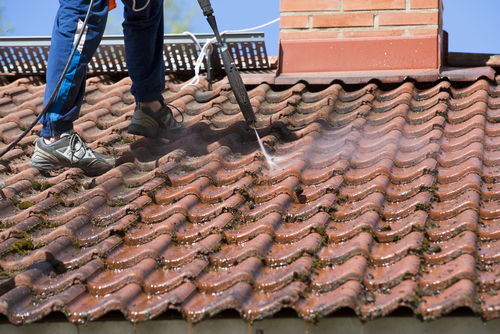


How to Properly Maintain Your Roof to Extend Its Lifespan
February 21, 2023


How To Prevent Future Roof Leaks
March 31, 2023DIY Solutions for a Leaking Roof


DIY Solutions for a Leaking Roof – Singaporean homeowners often experience roof leaks due to heavy rainfall and strong winds that cause damage. If not addressed promptly, these problems could escalate into more serious structural issues in your home. But you don’t always need to hire a professional for roof repair – with some DIY solutions, you can fix the problem yourself and avoid further destruction.
What To Do With A Leaking Roof?
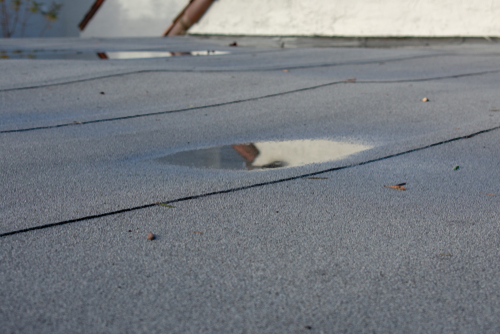

Identification of the Leak Source
Before beginning any repair work, it is necessary to identify the source of the leak. It may take some effort to pinpoint its exact location, as water can travel along the surface of a roof without entering directly below. So, you may have to look at your top inside and outside to find where the issue is.
Begin by inspecting your attic or crawl space for signs of water damage, such as damp insulation, water stains, or mold growth. If you cannot access the attic, look for signs on the ceiling or walls, like water stains or peeling paint.
Once you’ve identified the general area of the leak, inspect your roof from the outside. Look for missing or damaged shingles, cracked flashing, or holes in the ceiling. Pay special attention to areas where walls or chimneys meet; these are commonly where leaks can develop.
Repairing the Leak
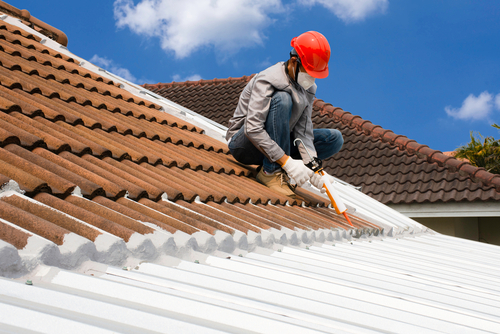

Once you’ve identified the source of the leak, you can begin to repair any damage. Here are some DIY solutions for fixing a leaking roof in Singapore:
Replacing Damaged Shingles
If the leak is due to damaged shingles, you can replace them. Begin by prying away the old shingle with a pry bar, careful not to damage nearby shingles. Slide in the new shingle and secure it with nails; please ensure it’s flush against existing ones and cover any nails with roofing cement for extra durability.
Fixing Cracked Flashing
Flashing refers to metal strips installed around roof edges and openings such as chimneys and vents to keep water out. Over time, flashing can become cracked or damaged, allowing water into your roof. To repair cracked flashing, you must pry out the old flashing with a pry bar and replace it with new flashing of a similar type and material. Ensure the new flashing is installed securely around all edges; you may also need to apply roofing cement around their edges for extra tightness.
Sealing Roof Holes
If the leak is due to a hole in the roof, roofing cement can help. Start by cleaning around the hole with a wire brush to remove dirt or debris. Then apply roofing cement evenly over the hole using a putty knife; ensure it extends beyond its edges for a watertight seal.
Applying a Roof Coating
A roof coating is a liquid or spray-applied material designed to shield the roof from elements and prevent leaks. It can be applied to various roofs, such as flat roofs, metal roofs, and asphalt shingle roofs. Before using a roof coating, clean the top with a power washer to eliminate dirt or debris. Then apply the layer according to the manufacturer’s instructions – usually at least two coats for maximum protection.
Preventing Future Leaks
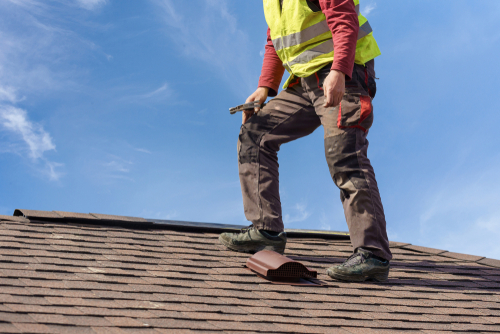

Once the leak has been repaired, it’s essential to prevent future ones. Here are some tips for averting roof leaks in Singapore.
Regular Roof Inspections
Routine roof inspections are the best way to detect and address potential problems before they become more prominent. Inspect your roof at least once annually or after a significant storm to check for signs of damage, such as missing or damaged shingles, cracked flashing, or clogged gutters. Address any issues as soon as possible to avoid more significant problems developing later.
Maintain Gutters Clean
Clogged gutters can cause water to back onto the roof, leading to leaks and water damage. Regularly clean your gutters – particularly during the rainy season- to avoid clogs. Use a gutter scoop or garden hose to clear debris inside the channels.
Trim Trees Near the Roof
Trim back branches too close to the shingle edge to avoid scraping or damaging it. Furthermore, cutting back overhanging branches prevents leaves and debris from accumulating on top of the roof, which helps prevent clogs in gutters. Trees that overhang or touch the ceiling can cause severe damage during storms and high winds.
Install Proper Ventilation
Proper roof ventilation is essential for preventing moisture build-up in the attic, which could result in roof damage and leaks. Ensure your roof has adequate ventilation, including soffit vents, ridge vents, or attic fans. If you’re unsure whether it does or doesn’t, please consult a roofing professional for help.
DIY Solutions for a Leaking Roof – Conclusion
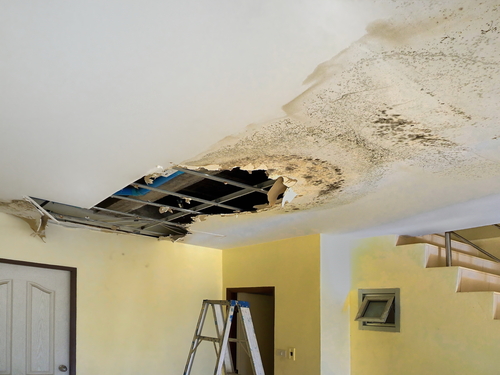

Fixing a leaking roof may seem overwhelming, but with some simple DIY solutions, you can repair the damage and prevent future leaks. Begin by identifying the source of the leak and then use an appropriate repair method, such as replacing damaged shingles, fixing cracked flashing, sealing roof holes, or applying a roof coating.
Once the repair is complete, take steps to prevent future leaks by conducting regular roof inspections, keeping gutters clear, trimming trees near the roofline, and installing proper ventilation.
If you are uncertain how to repair a leaking roof or cannot access it safely, hiring a professional roofing contractor might be your best bet. A specialist can offer expert advice and guarantee the repair is done correctly, avoiding further harm to your home.



